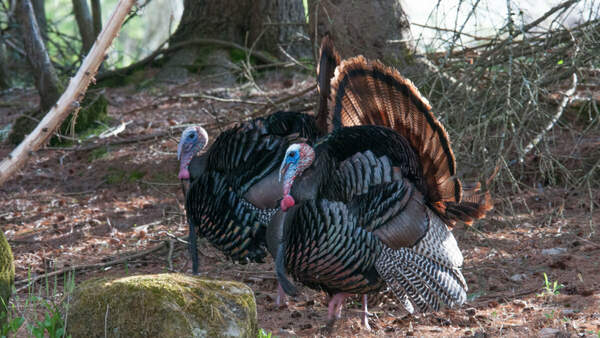MONTPELIER, Vt. — Vermont state law requires that ice fishing shanties be removed from the ice before the ice weakens, according the Vermont Fish and Wildlife Department.
The shanty must be removed before the ice becomes unsafe or loses its ability to support the shanty out of the water, or before the last Sunday in March -- the 31st this year -- whichever comes first. All contents, debris, wood, and supports must also be removed so they do not become a hazard to navigation in the spring.
Leaving an ice fishing shanty on the ice can result in a fine and points on your license, and shanties may not be left at state fishing access areas.
| If you would like to contribute information on this article, contact us at info@iberkshires.com. |















